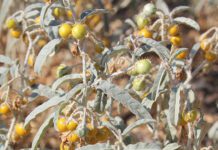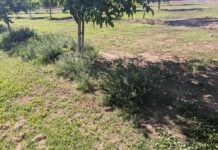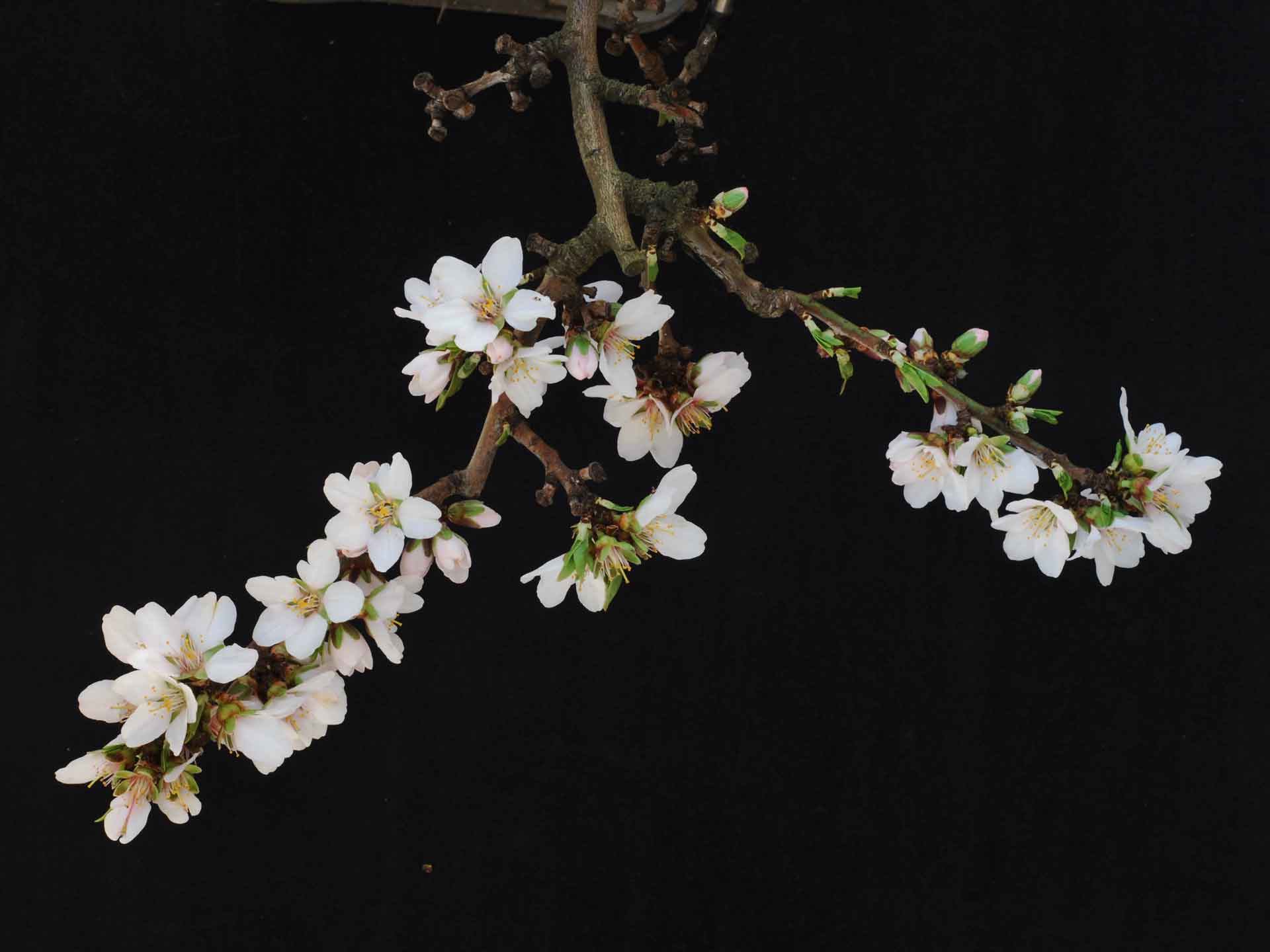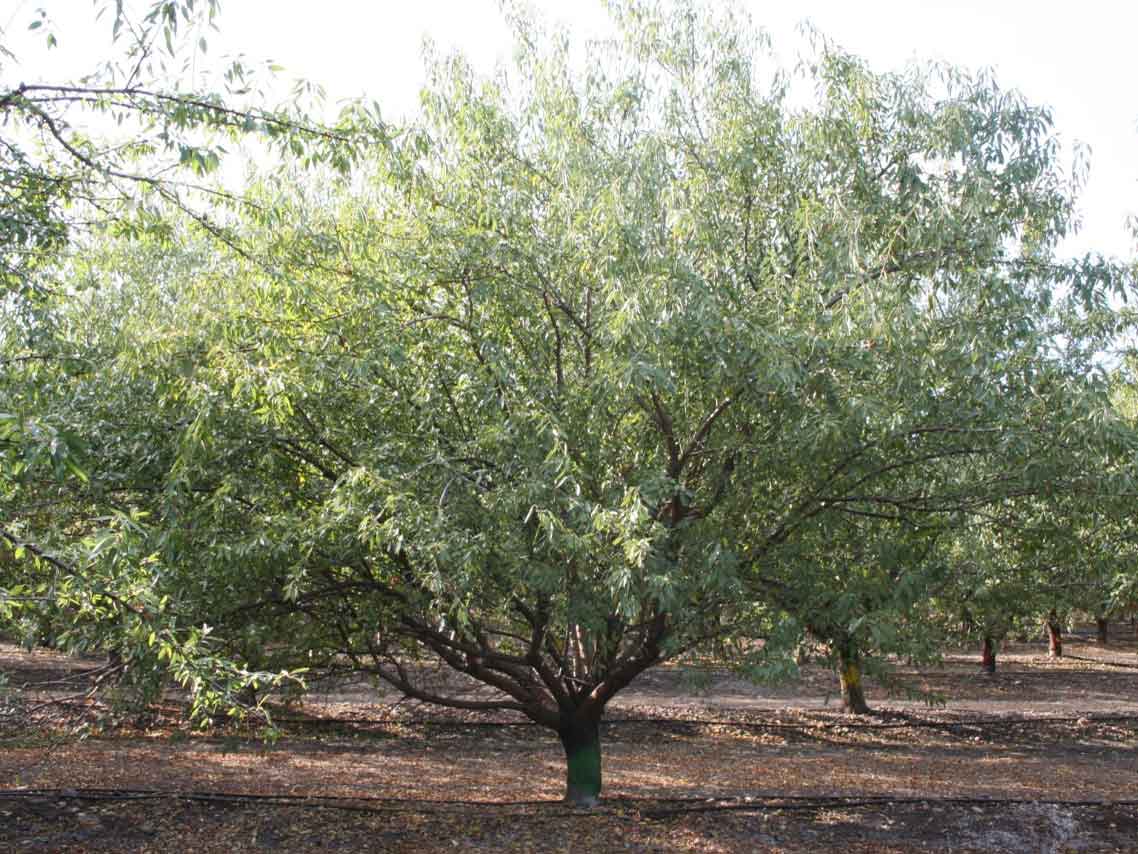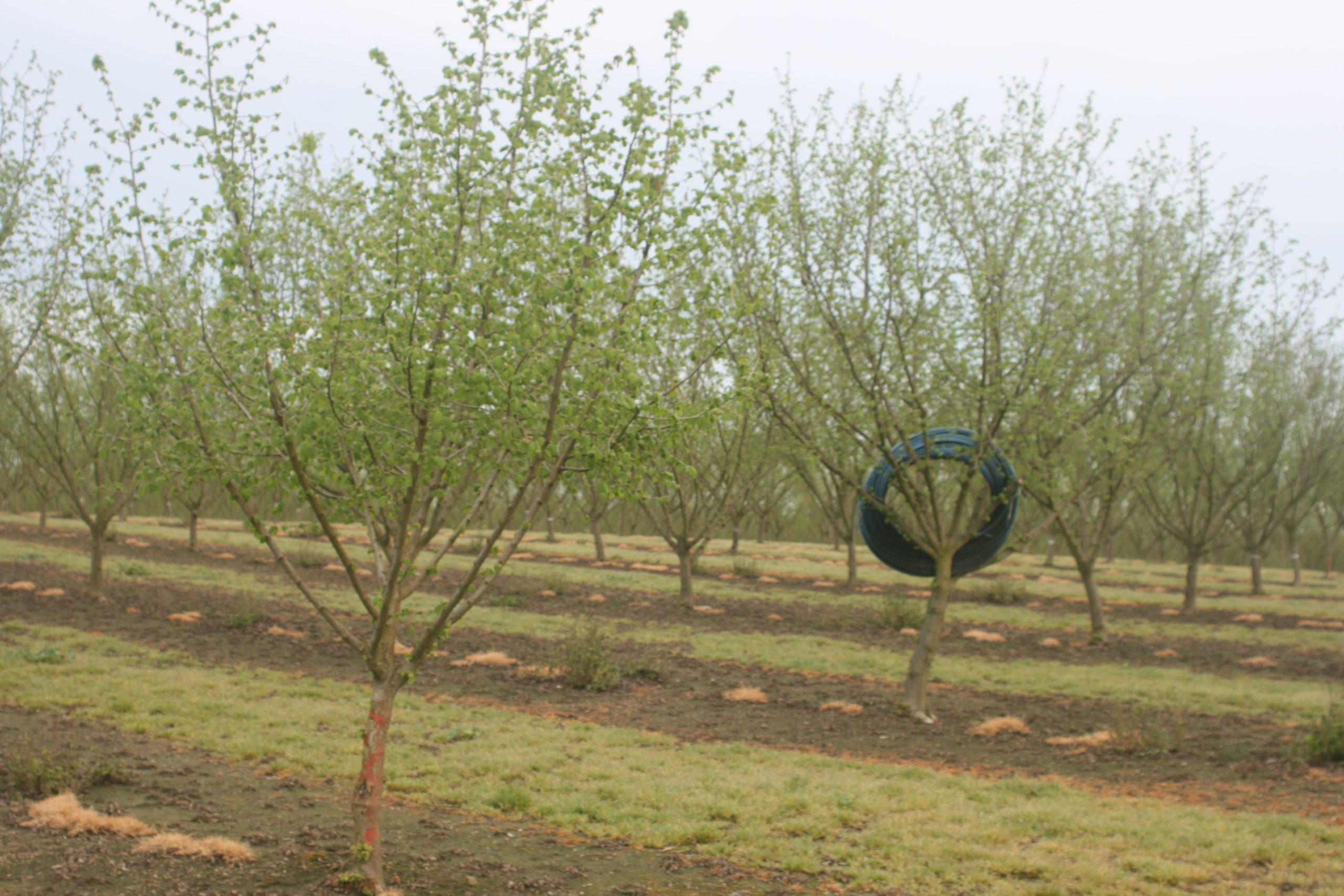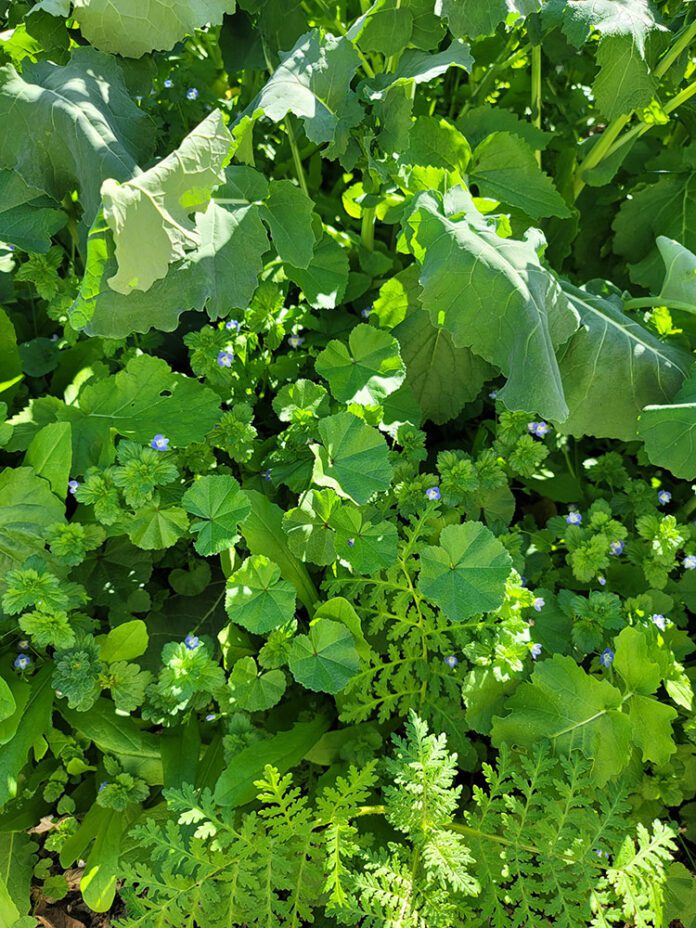
Weeds, much like stocks, can yield dividends in the form of weed seeds if allowed to mature. These seeds accumulate in the soil, forming what is commonly referred to as the weed seed bank. Each year, depending on environmental conditions, seeds are added to this bank by successful weeds, while others are removed through germination, predation, disease or expiring due to age. Even if no new seeds are deposited, weeds will continue to emerge from this seed bank in subsequent seasons. If this situation can be maintained, fewer seeds will be available in the soil over time. Growers can leverage this system to their advantage by strategically managing the quantity and types of seeds that enter their soil.
Traditionally, growers have relied on well-timed applications of pre- and post-emergent herbicides, manual weeding and mowing to control weeds. While these methods can be effective, they often come with challenges. Manual weeding can be labor-intensive and costly, especially on large acreages. Herbicides are efficient and cost-effective, but the rise of herbicide-resistant weeds has made it increasingly important to preserve their effectiveness. Most growers are aware of the need to rotate herbicide modes of action and mix different Herbicide Resistance Action Committee (HRAC) groups, but they can further enhance their weed management programs by incorporating cultural practices.
Cultural Practices for Weed Control
Cultural practices exert weed selection pressure, which refers to all the factors on a farm that make it difficult for certain weed species to thrive while giving others a competitive edge. For example, mowing in orchard drive rows can suppress perennial plants but favor short annual weeds. One effective cultural practice is the use of cover crops, which can compete with weeds and reduce the spread of weed seeds. In orchards, winter cover crops are typically planted in the fall after harvest, grow through the winter and are terminated in the spring while flowering. By selecting the right cover crop species, growers can outcompete resident weeds or even prevent them from growing altogether.
Cover crops suppress weeds through several mechanisms: reducing weed seed germination, emitting allelopathic chemicals (definition below), competing for resources, smothering seedlings after termination, altering soil conditions to be less favorable to some weeds and decreasing the overall production of weed seeds. The total biomass of the cover crop and the duration it remains in the field are key factors in weed suppression. Planting early and terminating late maximizes weed control, provided the cover crop does not interfere with harvest or reseed. For instance, the Seeds for Bees program recommends planting in early October and terminating in late May to early April in California almond systems.

The Role of Cover Crops in Weed Suppression
Weed seeds require specific conditions, such as temperature, moisture and light, to germinate. By reducing sunlight exposure to the soil, cover crops can inhibit weed seed germination and stunt or starve any seedlings that have already emerged. Additionally, cover crops compete with weeds for space, nutrients and water, limiting their growth potential and reducing the number of viable seeds they produce.
Some cover crop species possess allelopathic properties, meaning they release chemicals that are harmful to other plants. Examples include brassicas, cereal rye, sorghums, sorghum-sudan hybrids, buckwheat and subterranean clovers. These allelopathic chemicals can be released through various methods: volatilization from plant surfaces, leaching by rain, decomposition of plant material or root exudates. They are usually most effective against weed seeds, seedlings and young plants but less against mature plants or large seeds.
The persistence of these allelopathic chemicals depends on their mode of release. Volatile compounds dissipate quickly, while root exudates can remain active in the soil for one to two weeks after termination. Chemicals released during decomposition, such as those from brassicas, become active after the plant is terminated and gradually decrease as the residues decay.
Brassicas, a popular choice for winter cover crops in California, are known for their nematocidal and weed-suppressive properties. They grow quickly, forming dense stands that block sunlight and prevent weed seed germination. When terminated, brassicas release glucosinolates, an allelopathic compound that further suppresses weeds. Cereal rye, another effective cover crop, suppresses small-seeded weeds like pigweed and can continue to do so after termination if its biomass is left as mulch. Hairy vetch is valued for its nitrogen-fixing abilities but also releases cyanamide, a compound that inhibits weed growth though not to the same extent as brassicas and rye. While allelopathic effects are not as long-lasting or potent as conventional herbicides, they can still play a valuable role in weed management.
Cover crop seeding rates also influence weed suppression. Higher seeding rates provide quicker ground coverage early in the season but do not significantly increase the total plant biomass compared to lower rates. Comparatively, plants in denser plantings are smaller than plants in more spacious situations. However, the total biomass of the two at termination are usually roughly similar. The greatest amount of potential biomass can be achieved by planting early in the fall and terminating in the spring after flowering but before seed set. If weed suppression is a goal of the cover crop, consider irrigating after planting if seasonal rains are late.
Over time, using a diverse mix of cover crop species can reduce the weed seed bank. However, it is crucial to terminate cover crops before they set seed to prevent them from becoming future weed problems. The method of termination also matters. Mowing after flowering but before seed set can effectively terminate weeds and prevent reseeding. Rolling or crimping the cover crop creates a mulch layer that continues to suppress weeds, but timing and biomass are critical factors. Rolling is most effective after flower initiation and just before seed set, when plants are more likely to snap rather than bend.
When applying preemergent herbicides over cover crop biomass, timing is key. The herbicide application should precede rain or irrigation to ensure it moves below the plant matter and into the soil, where it can be effective.
Integrating cover crops with herbicides and other management practices can gradually reduce the weed seed bank in farm soils. While complete eradication of weed seeds is unlikely, this approach can help mitigate the spread of herbicide-resistant species. It’s important to note that cover crops primarily suppress weeds in the areas where they are grown and may not affect weeds in herbicide strips under trees in orchard settings.
For those interested in experimenting with cover crops in California, the Seeds for Bees program offers an excellent opportunity. First-year participants can receive up to $2,500 in seed, while second-year participants can receive up to $1,500 in seed. Applications are available on the Project Apis m. website from April 1 to Aug. 31.







